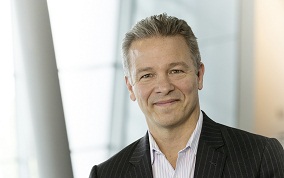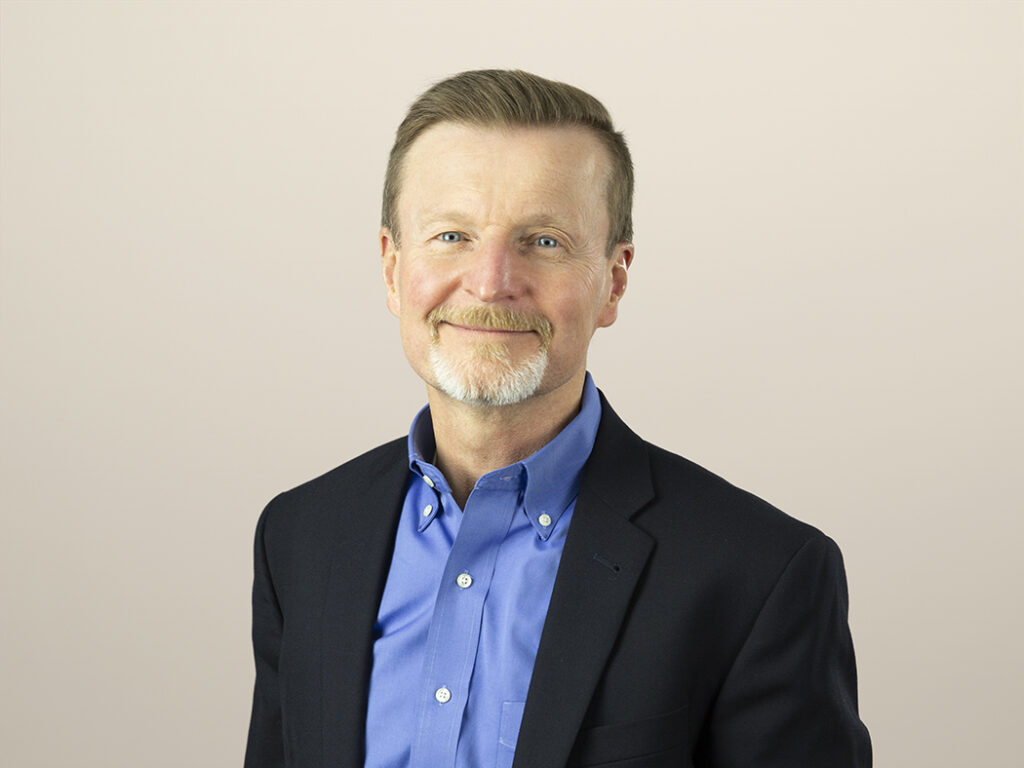Customer Experience Q&A With Stephen Cannon, President And CEO, Mercedes-Benz USA
When I was 10 years old, I heard my father and my Uncle Bob talking about the car they’d most like to own. Noticing me, Uncle Bob asked, “How about you, Harley? What car do you want to drive when you grow up?”
I immediately answered, “A Mercedes!”
My father’s eyes widened as Uncle Bob replied, “You have excellent taste.”
Forty years later, Mercedes-Benz still symbolizes “excellent taste” for me and millions of other people around the globe. It’s not just about high quality: The Mercedes brand sets a standard of comparison; it’s shorthand for “great experience” and “luxury.”
And that’s why we’re so excited that Stephen Cannon, the president and CEO of Mercedes-Benz USA, is our lead-off industry speaker at Forrester’s Forum For Customer Experience Professionals East next week in New York. Cannon is just perfect as the keynote address for an event with the theme “Good Is Not Good Enough” — because for Mercedes-Benz, just being “good” would be a serious disappointment.
As we approach the event, Stephen was nice enough to answer some of our questions about the Mercedes-Benz customer experience. Check out what he has to say — and I hope we both see you out in the audience next week at the New York Hilton.

Q: When did your company first begin focusing on customer experience? Why?
A: As a luxury brand, providing a world-class customer experience has been a priority throughout our 128-year history. Combine that with our brand promise of “The Best or Nothing,” and we hold ourselves to some very high standards. However, starting in 2008, we took this to a whole new level. We looked at the entire ownership experience — from presales, to sales, to service and everything in between.
When I took the helm in 2012, Mercedes-Benz dealers had just completed a $1.4 billion investment to enhance our dealerships in anticipation of a full-out product offensive that was going to take the brand to new heights in the United States. So we had the cars, we had the facilities, and we had the right team. With that winning combination, we were very confident in our ability to “satisfy” our customers. But at Mercedes-Benz, “satisfied” is not part of our vocabulary, and we wanted to delight our customers.
We knew that the new buyers entering the market bring with them a new set of expectations, which would be shared by all luxury buyers. They would no longer differentiate between their experience at the Four Seasons or a five-star restaurant or the Apple Store. They would bring those expectations right through the front door of our dealerships. So being the best customer experience brand in the auto industry was setting the bar too low. We had to go beyond that — we had to go beyond the “customer satisfaction” paradigm. In order to reach hearts and minds, we had to leave satisfaction in the dust and strive to delight our customers by delivering the most extraordinary customer experience, bar none. And that has been the driving force behind everything we’ve done ever since . . it is our No. 1 strategic priority!
Q: What aspects of the experience that your company delivers matter most to your customers?
A: I think each and every customer needs to know that they, individually, are important to us. We value having them in our family. We strive to tailor the experience we deliver to exceed their expectations. That means that every interaction with our brand — whether it’s our website, our showrooms, our service drives, our marketing, or the phone call they have with us — must both delight and wow them.
Q: What if anything is different about what you're doing now to improve customer experience versus what you did when you were starting out? Why did you change?
A: Previously, and I think this is still true for a lot of companies today, we made the mistake of treating the customer experience as a vertical hierarchy of processes. When, in fact, it has to be a horizontal culture of customer care that spans every operational area in the company. I mean there’s no question but that process matters, but outstanding processes will only get you to operational excellence. This is a strong foundation to build on, but you have to go well beyond that. Process, and process alone, cannot make a customer smile!
You have to basically rearchitect your organization because the exceptional customer experience requires equally exceptional people, culture, and leadership. I am a strong believer in Peter Drucker’s statement that “culture eats strategy for breakfast.” You have to behave like the experience you want to deliver.
At our roots, we began as an engineering company. Today we are a marketing company that delivers customers their dreams. Don’t get me wrong, we still build the best cars in the world! But the expectation goes well beyond the sheet metal. Today the customer is at the center of everything. We have a laser focus on the customer’s perspective as it relates to our products, marketing, technology, and processes. Our goal is nothing less than to delight every customer, every time, everywhere . . No exceptions!
Q: How do you measure the success of your customer experience improvement efforts (e.g., higher customer satisfaction, increased revenue, lower costs)? And have you seen progress over time?
A: That’s a really good question. We can no longer rely solely on the measurement tools we’ve used in the past. Think about it: Where does that emotional component — that feeling of delight — show up in a survey that measures dozens of processes? Such as, how long you had to wait in the dealership before you were greeted (assuming you wanted to be approached, which is a whole other subject). So, we’ve come to use a variety of measurements. We look at third-party surveys, customer loyalty, conquest rates, voice of customer data, market share, direct customer surveys — a myriad of inputs to give us all the shades we need for a complete picture. We’ve been accused of being obsessive about understanding our customers, and I don’t think that’s a bad thing.
There are many ways to measure success, but one of the most fundamental is this: We have the highest owner loyalty in the industry — people who join our family feel so strongly about the experience that they remain part of our family for life. Adding to the fact, we also have new buyers coming to the brand in record numbers. Our most recent new model, the CLA, has a 75% conquest rate. That means three out of four CLA owners are new to the Mercedes-Benz family! More buyers coming to a brand that most customers stay with it — that’s about as good a measurement of the customer experience as I can think of.
Q: Where do you think your industry will be with regard to customer experience quality in five years? Will it be a race to the top, on average about the same, big winners and big losers, or . . . ?
A: I think you’ll see significant improvements in the customer experience over the next five years. For one thing, anyone who’s still talking about “customer satisfaction” is likely to be completely irrelevant from a consumer standpoint. No customer, luxury or otherwise, places value on mediocrity. This shift to the extraordinary experience is going to be driven by customers and led by the companies who most value them.
I think you’ll also see more and more companies taking a holistic view of the customer experience and realizing that a “check the box” approach won’t cut it. You have to walk the walk and be prepared to make significant change — and significant investment — in your people, culture, and leadership. In that way, you create a workforce and a network of people who love what they do, value what they do, and want customers to feel that same engagement and enthusiasm. That is what successful companies will accomplish. That is the lightning in a bottle that the best companies will capture!
